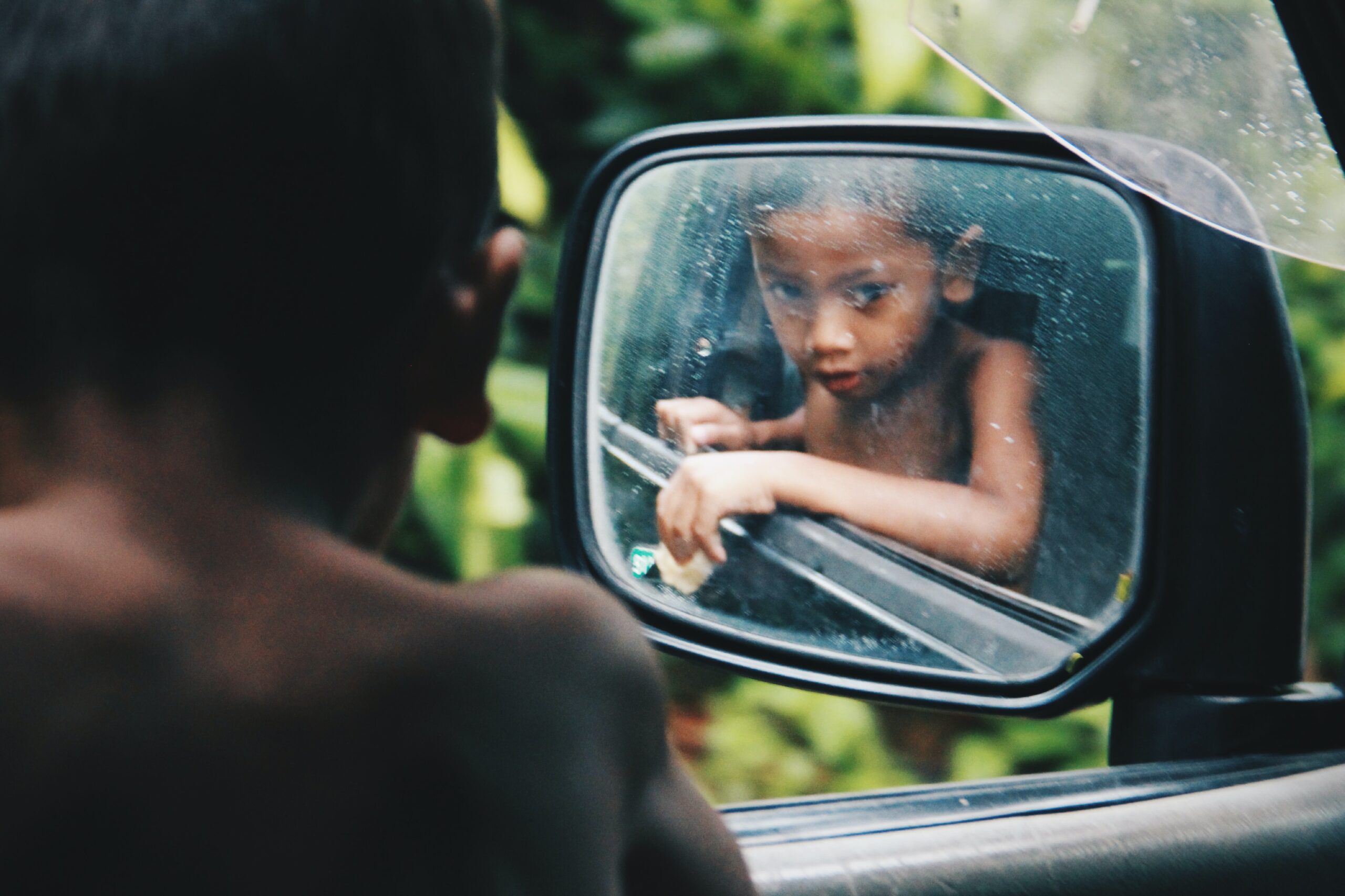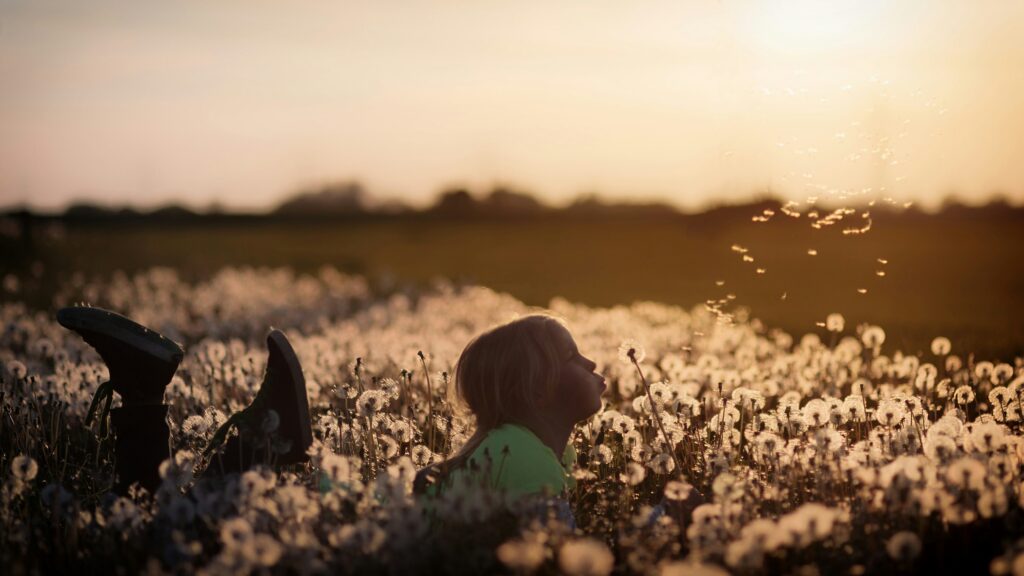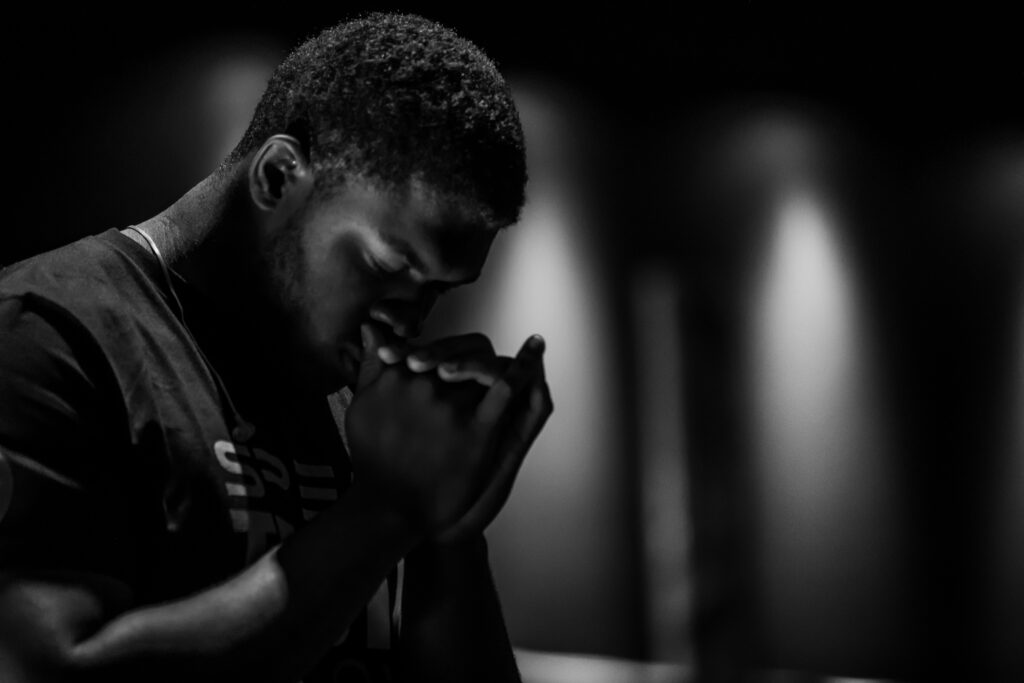Last Updated on August 16, 2023
In the intricate journey of childhood development, the concept of mirroring emerges as a captivating and multifaceted phenomenon. Often likened to mirrors, children possess a remarkable ability to absorb and mimic behaviors, actions, and attributes from their surroundings. This mirroring process extends beyond genetic inheritance, encompassing language, gestures, and interests exhibited by the adults and peers in their immediate environment. By delving into the nuances of mirroring behaviors, we gain valuable insights into the cognitive growth of children and the profound impact of influential models during their formative years.
Understanding Mirroring: A Dual-Edged Dynamic
Mirroring, a fundamental aspect of human behavior, transcends species boundaries and finds its roots even in the animal kingdom. While mirroring serves as a potent tool for learning, it also functions as a powerful mechanism for social integration. This dual nature of mirroring equips children with the capacity to learn, adapt, and connect with their surroundings in intricate ways.
From Imitation to Comprehension: The Evolution of Mirroring
The seeds of mirroring are sown during the earliest stages of infancy. Newborns exhibit rudimentary imitative actions, such as mirroring facial movements. As infants progress, these rudiments evolve into a more intricate process guided by the understanding of intentional behavior. Around the age of six months, infants start grasping the significance of intentional actions, leading to positive emotional responses when familiar routines are replicated. This foundational comprehension lays the groundwork for recognizing patterns and sequences, contributing significantly to cognitive development.
Pivotal Junctures: The Mirroring Peaks of 19 to 24 Months
The mirroring journey takes a transformative turn between 19 and 24 months of age. This phase marks a crucial juncture, as children intensify their mirroring behaviors by imitating an extensive array of behaviors and actions witnessed in their immediate environment. Beyond immediate family members, this mirroring extends to characters on screens and individuals they encounter. This period is characterized by a dynamic blend of educational exploration and social assimilation as children strive to find their place within their surroundings.

Selective Mirroring: The Interplay of Preferences
Children’s mirroring behaviors showcase intriguing preferences. Peer interactions tend to trigger heightened mirroring responses, particularly when children are surrounded by individuals with shared characteristics. Moreover, as children aspire to acquire advanced skills, they naturally turn to adults as role models. These role models are perceived as gateways to mastery, especially when the pursuit of expertise is coupled with language-rich interactions. This intertwining of language and action contributes significantly to the maturation of communication skills.
Parental Influence: Architects of Mirroring Behaviors
Parents emerge as architects of their children’s mirroring behaviors, wielding a significant influence on their developmental trajectory. The behaviors and habits parents display exert a profound impact on how children mirror actions. Recognizing this influence underscores the importance of embodying attributes and values parents wish to instill in their children. By embracing their role as influential models, parents can actively shape the reflection children project.
The Legacy of Mirroring: Nurturing Holistic Growth
The narrative of children’s mirroring behaviors illuminates the complex tapestry of cognitive development and social integration. By comprehending the triggers, phases, and intricacies of mirroring, parents and caregivers can chart a course of intentional parenting, cultivating positive habits and behaviors that lay the foundation for future success. The mirrors through which children perceive the world become canvases for refinement, reflecting attributes and values that contribute to their holistic growth.
Empowering Reflection: Unleashing Potential
Children’s mirroring behavior types not only unveil the intricacies of their cognitive journey but also underscore the potential for fostering a nurturing and enriching environment. By nurturing positive influences and embodying values, parents, educators, and caregivers play a pivotal role in shaping the mirroring behaviors that mold the future leaders, innovators, and contributors of society. Through reflection, children discover not only their individuality but also the interconnectedness that binds them to the world around them.








